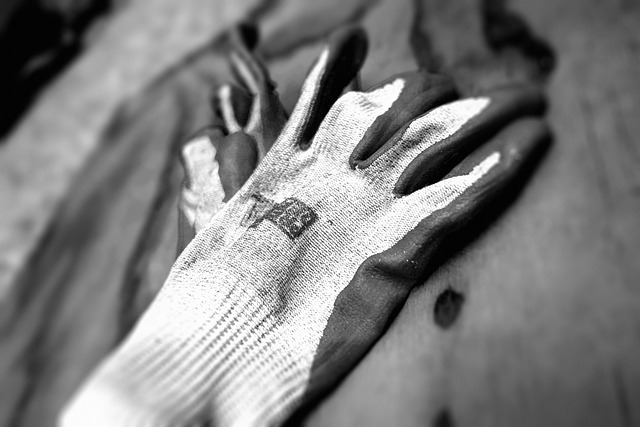Introduction: The Challenge of Cardiac Valve Calcification
Cardiac valve calcification (CVC) is a major driver of valvular heart disease. It involves the steady buildup of calcium minerals on heart valve leaflets, much like scale accumulating inside pipes. This hardening process stiffens the valves, restricts their movement, compromises blood flow, and can ultimately lead to heart failure. Deciphering the mechanisms behind CVC is essential for creating effective treatments.
Periostin: A Master Regulator of Tissue Structure
Periostin is a specialized protein secreted mainly by fibroblasts. As a 'matricellular' protein, it operates within the extracellular matrix (the structural scaffold surrounding cells), influencing how tissues are built and repaired. It interacts with matrix components, cell surface receptors (integrins), and growth factors to guide cell behavior like adhesion, movement, and specialization. Crucially, research shows periostin is significantly upregulated in calcified heart valves – found in both the diseased valve tissue and the bloodstream of affected patients – strongly implicating it in the calcification process.
How Periostin Drives Calcification: Key Mechanisms
Periostin contributes to CVC through several interconnected pathways. A primary route involves amplifying transforming growth factor-beta 1 (TGF-β1) signaling. Periostin can bind to and activate TGF-β1, triggering a cascade that encourages valve interstitial cells (VICs) – the main cell type in valve leaflets – to transform into osteoblast-like cells. These altered cells then behave like bone-forming cells, depositing calcium minerals.
Think of it like this: Periostin acts as a signal booster, pushing normally flexible valve cells towards a rigid, bone-depositing state. Furthermore, periostin actively remodels the extracellular matrix itself, creating a microenvironment more conducive to mineral deposition.
The core process can be visualized as:
Periostin -> Activates TGF-β1 -> Promotes VIC transformation (to Osteoblast-like cells) -> Increases Calcium DepositionEvidence Backing Periostin's Role

Compelling evidence comes from various studies. In animal models susceptible to CVC, genetically removing periostin (knockout) or blocking its action with antibodies markedly reduces valve calcification. Laboratory experiments (*in vitro*) confirm that adding periostin to cultured VICs boosts the expression of bone-related genes (osteogenic markers) and enhances calcium accumulation.
Targeting Periostin: A Therapeutic Opportunity
Its central role makes periostin an attractive target for new therapies against CVC. Researchers are actively exploring ways to inhibit its function. Potential strategies include: developing specific anti-periostin antibodies, designing small molecules to block periostin's interactions with cell receptors, and exploring gene therapy techniques to reduce periostin production. Rigorous preclinical and clinical testing is essential to determine the safety and effectiveness of these approaches.
Future Research Directions
Further investigation is needed to fully map the molecular pathways through which periostin directs VIC transformation and matrix remodeling. Understanding how periostin interacts with other key signaling systems in CVC, like the Wnt/β-catenin and BMP pathways, is also critical. Additionally, clinical research should explore periostin's potential as a diagnostic biomarker for early CVC detection and patient risk assessment.
